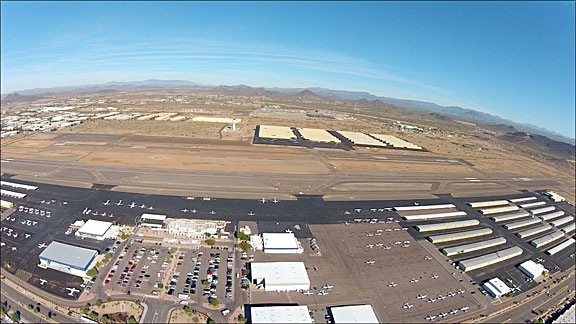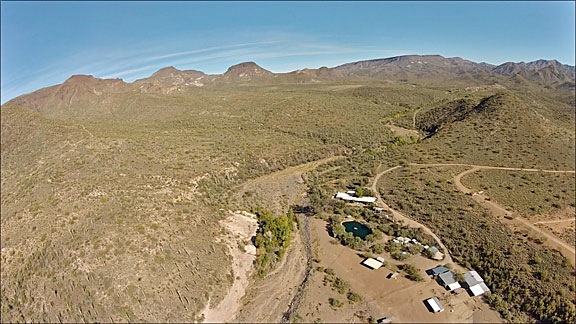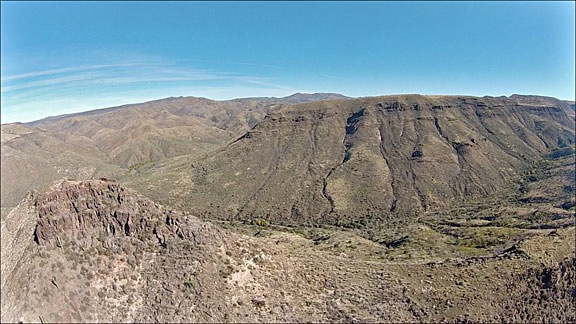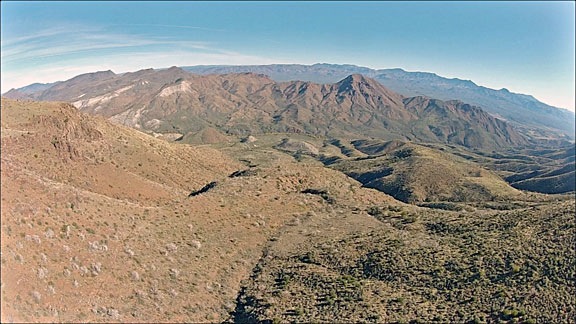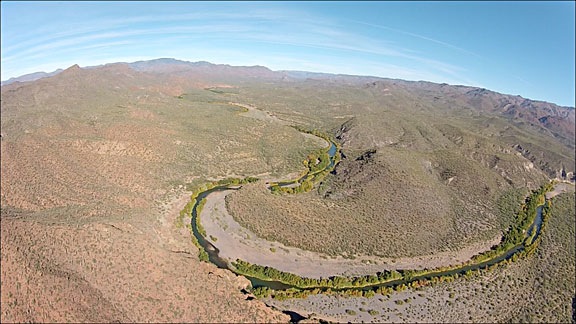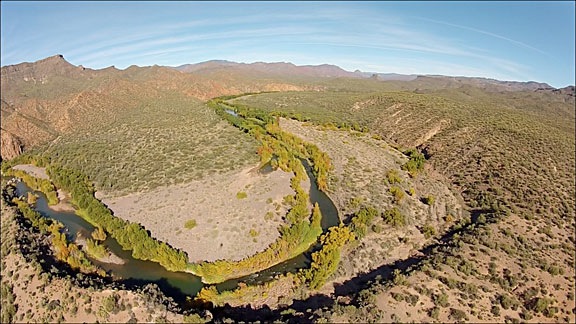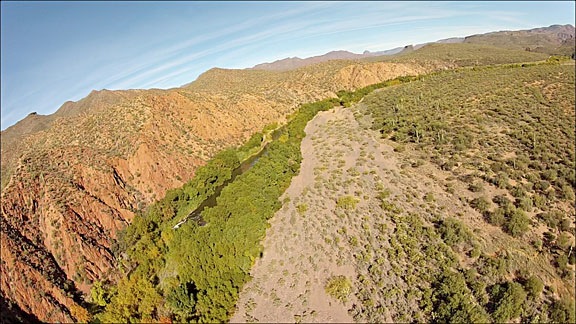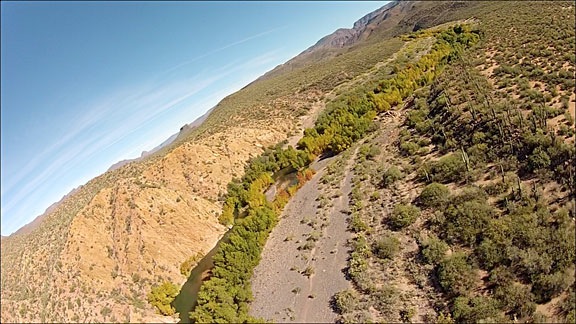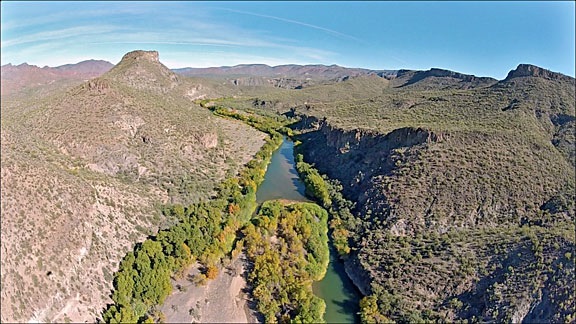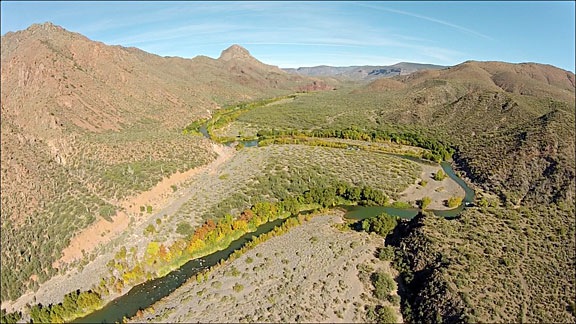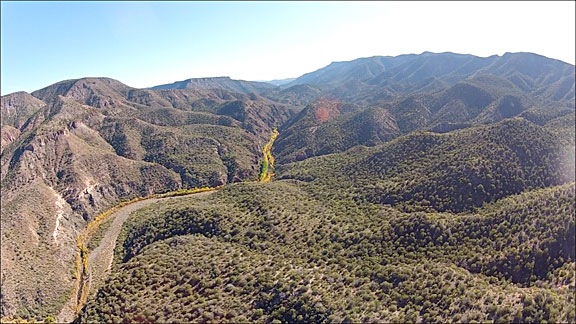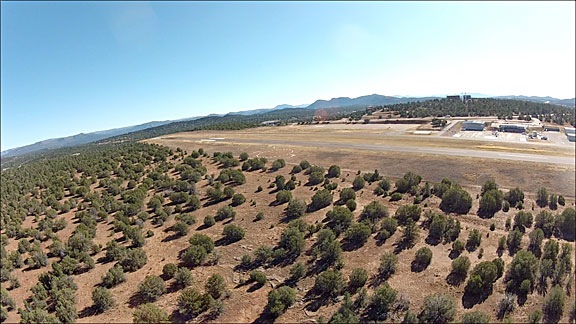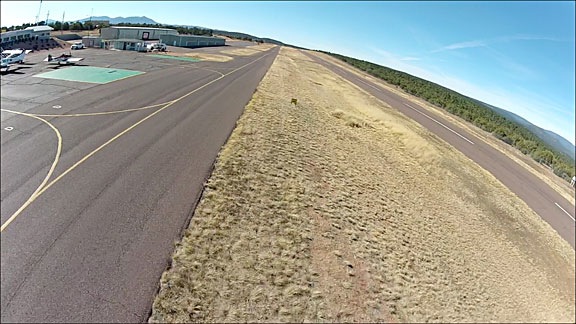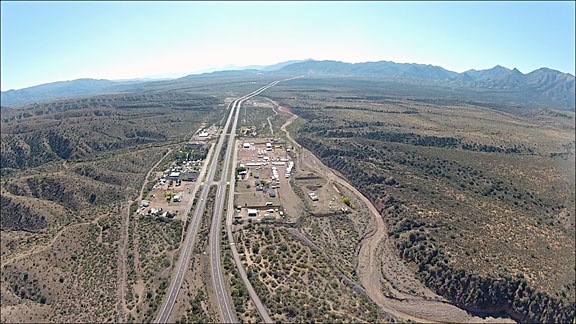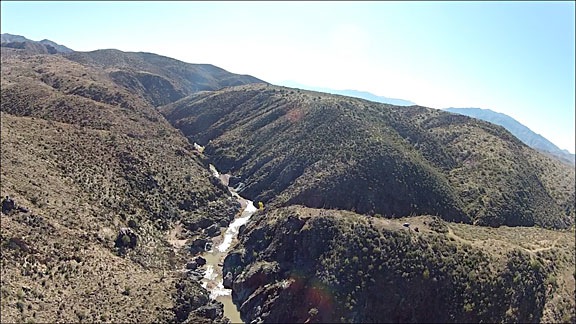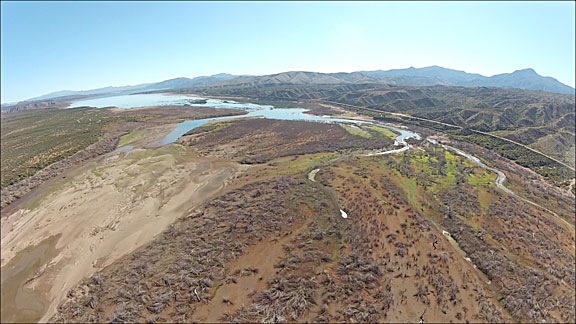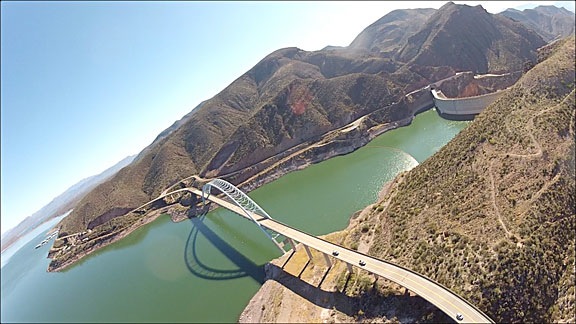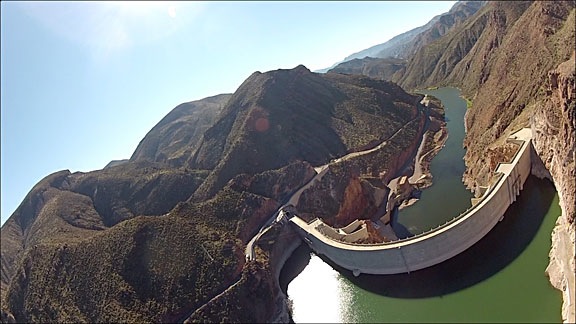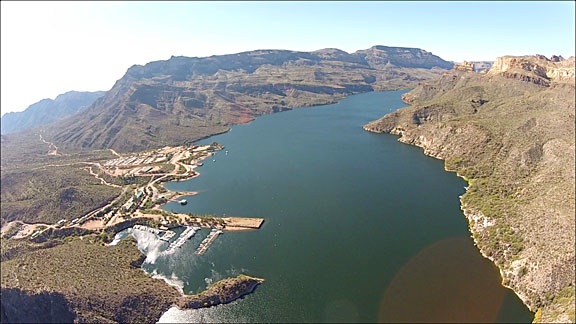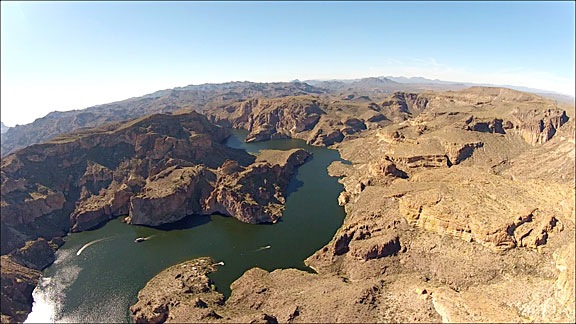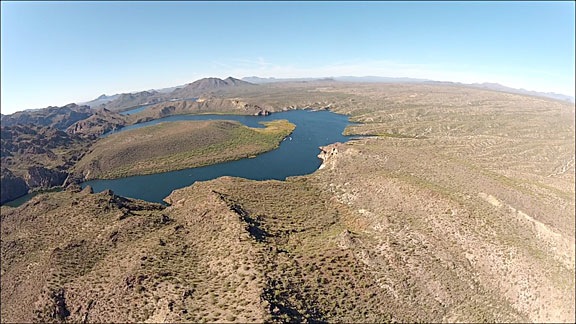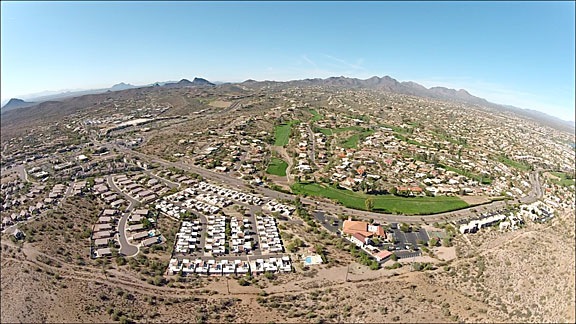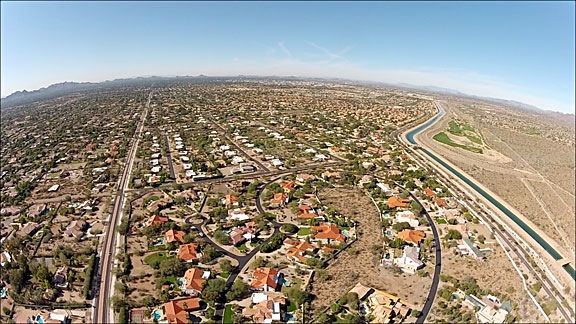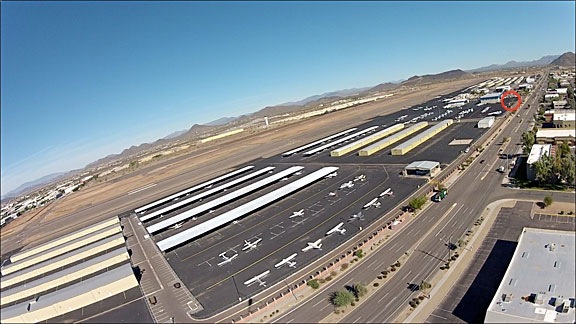Sometimes, it’s just good to get away.
On Sunday, I joined the Phoenix Atheist Meetup Group for another one of their excellent hikes. This one was in Sedona, at the Soldier Pass Trail.
Sedona is not exactly next door to Wickenburg. It’s a good 2-1/4 hour drive if you drive hard on the scenic route that goes through Yarnell, Wilhoit, Prescott,Jerome, and Cottonwood. It had been a long time since my last mountain road drive with my Honda S2000 — in fact it might even have been way back in December when my soon-to-be ex-husband and I drove to Palm Springs for some kind of work-related event he had to attend. I definitely don’t drive that car enough. This hike was a good excuse to take it out on the twisty mountain roads.
(Of course, if the helicopter was in town, I would have just flown up there. From Wickenburg, it’s not even an hour flight. But that was not an option on Sunday.)
I left right around 6:30 AM to meet the group at the trailhead at 9:15 AM. It was just Penny the Tiny Dog and me, top down, speeding through the still-cool desert air. It was a typical cloudless day, and I suspected it would get pretty hot back in Wickenburg — definitely into the 90s. Another excuse to get the hell out of town.
 I can’t really express the joy I feel driving a tight-steering sports car with plenty of performance at high speed on otherwise empty mountain roads. Two weeks ago Sunday was the first time I’d driven my car since leaving Arizona in early May. A few trips to Phoenix helped reacquaint me to its feel. But this Sunday, as I sped toward Sedona, we were fully reacquainted. I especially enjoyed the stretch of Highway 89 in the Prescott National Forest between Wilhoit and Prescott. The stretch of Highway 89A between The Yavapai Country Fairgrounds and Jerome would have been even better if I weren’t stuck behind a slow Prius for most of the trip.
I can’t really express the joy I feel driving a tight-steering sports car with plenty of performance at high speed on otherwise empty mountain roads. Two weeks ago Sunday was the first time I’d driven my car since leaving Arizona in early May. A few trips to Phoenix helped reacquaint me to its feel. But this Sunday, as I sped toward Sedona, we were fully reacquainted. I especially enjoyed the stretch of Highway 89 in the Prescott National Forest between Wilhoit and Prescott. The stretch of Highway 89A between The Yavapai Country Fairgrounds and Jerome would have been even better if I weren’t stuck behind a slow Prius for most of the trip.
We arrived in Sedona at about 8:45 AM — early enough for me to take Penny for a walk, get a second cup of coffee, and buy another bottle of water. Well, I thought it was enough time. Apparently, Heart of Sedona Coffee has the world’s slowest barrista. I ordered my coffee, paid, found and used the rest room, came back to retrieve my coffee, and still had to wait 10 minutes for him to finish making it. I wouldn’t mind, but there had been only one person ahead of me when I ordered. WTF? We rushed back to the car and made the short drive to the trailhead, arriving five minutes late and getting the last parking space.
The group was assembling and I wasn’t ready. I was still wearing jeans; it would be hot enough to wear shorts. If I’d been thinking clearly, I would have gotten changed at the coffee shop restroom. Instead, I hid behind a holly bush and got changed there. There comes a point in your life where you really don’t care who sees that you’re wearing panties with little pink flowers on them.
After a group photo and intros, we hit the trail. There were about 10 of us and one other person, Scott, had brought along his two small dogs. It wasn’t long before he let them off leash, so I decided to give Penny a try. She was great, either sticking with the other dogs or other hikers in our group. I didn’t have to worry about her at all. And Scott took really great care of his dogs and Penny, giving them frequent opportunities to drink and nibble on dog kibbles. (I wound up paying for his lunch later on to thank him.)
 The Soldier Pass Trail is an easy-to moderate trail that starts at the edge of a subdivision and climbs into the red rocks north of Sedona. It has several interesting features: a sinkhole, several small pools of water, petroglyphs (rock art), and arches. A Jeep trail runs for a short distance in the area, making it possible to access the sinkhole and pools by high clearance vehicle. We stayed off the Jeep road and stuck to the trail.
The Soldier Pass Trail is an easy-to moderate trail that starts at the edge of a subdivision and climbs into the red rocks north of Sedona. It has several interesting features: a sinkhole, several small pools of water, petroglyphs (rock art), and arches. A Jeep trail runs for a short distance in the area, making it possible to access the sinkhole and pools by high clearance vehicle. We stayed off the Jeep road and stuck to the trail.
The trail meandered through red rock and sandy terrain, starting out with just enough shade to keep you cool when you stopped for rests. This group is not a power-hiking group — we each hike at our own pace and can usually find enough other people at that pace to make small subgroups. Occasionally, most of us would wind up together in a shady spot for a rest or to take photos — for example, at the sink hole and later at the pools.
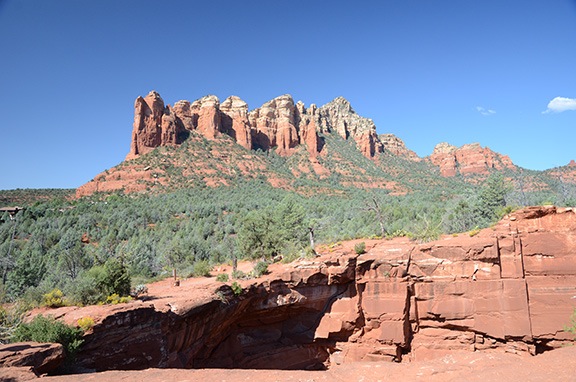
A shot of coffee pot rock from the edge of the sinkhole.

I’m pretty sure this rock formation is called the Sphinx; the sinkhole is in the foreground.
The trail climbed slowly but steadily — never enough to get me really winded. But the temperature was climbing steadily, too, and I’m still not accustomed to Arizona’s insane heat. I was sweating like a pig, so glad I’d changed into that pair of shorts. After a while, the taller vegetation thinned out and the trail was mostly in full sun. At around the same time, it started to get steeper, climbing up toward Brins Mesa. Fortunately, it also started to cloud up and that gave us some relief from the sun. A nice breeze also felt good against my sweaty skin when we paused in scant shade.

We stopped in the shade of this tree for about 20 minutes before heading back down the way we’d come.
We never saw the petroglyphs, but we did see the arches from a distance. I recall thinking that it wasn’t worth climbing up to them, but later, when we stopped about 2 miles up the trail, we were already higher than they were. There was a great resting place just short of the Brins Mesa trail, with a tree providing plenty of shade for six or seven of us to take a break. The view back toward town confirmed the fact that we’d climbed about 450 feet in elevation.
One of us, Prescott Jim, decided to go back along the Brins Mesa trail. That would add at least a mile to his return trip. Although I like doing loop trails, it was pretty obvious that the Brins Mesa trail would be almost entirely in full sun. I’d already sweat off a quart of water and wasn’t interested in losing two more the same way. We went alone and still managed to beat all of us back to the trailhead.
Going down was quicker and easier. We made fewer stops. I ran out of water and Scott very kindly gave me a bottle that he’d somehow managed to keep cold.
At the end of the trail, we gathered, rested, and had cold pop or beer. Then we hustled back into the cars and headed out to the Olde Sedona Grill. Although we had to carry the dogs through the restaurant, they were able to join us on the outdoor patio. All three of them were exhausted; Penny went right to sleep beside my chair and the poor waiter almost stepped on her three times while serving.
After settling up the bills, we went our separate ways. While everyone else headed back to Phoenix or Prescott, Penny and I hopped back onto Route 89A for a nice drive up Oak Creek Canyon. We’d be spending the night in Flagstaff for another day of hiking on Monday.

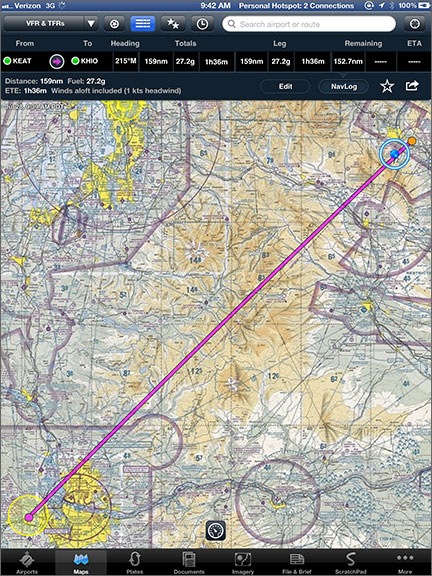
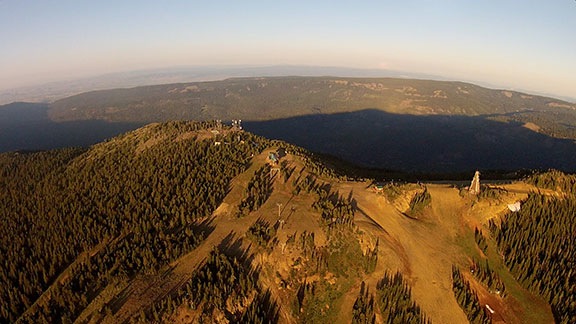
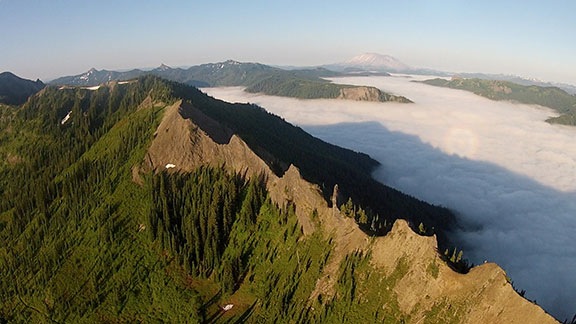
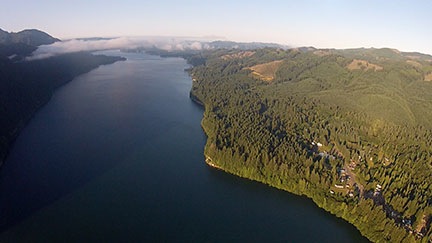
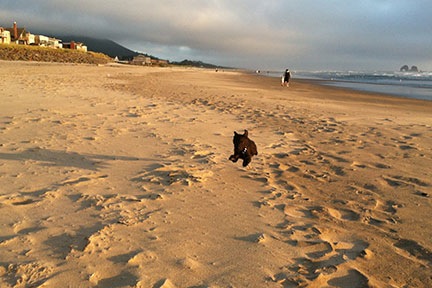
 Wikipedia image. (No, it’s not me. Sheesh.)
Wikipedia image. (No, it’s not me. Sheesh.)